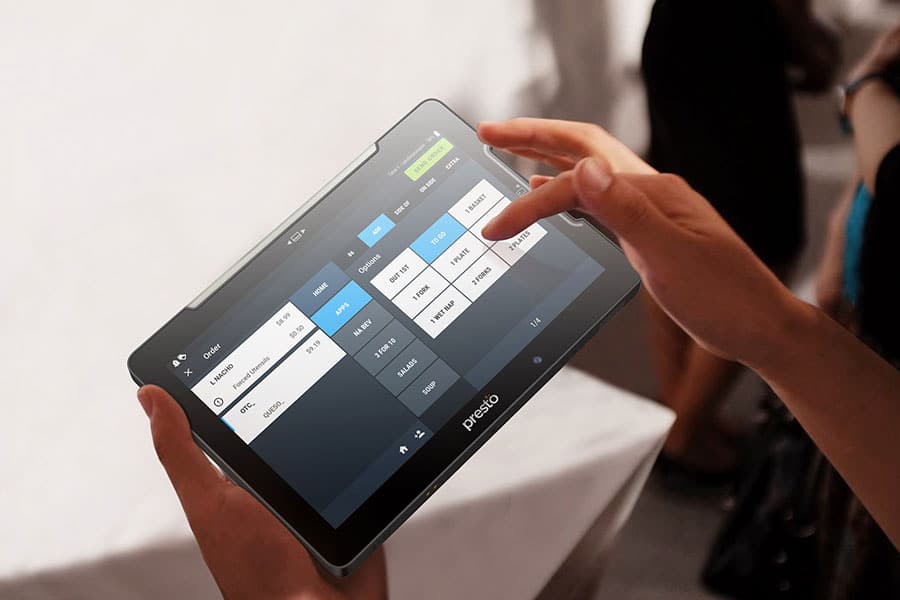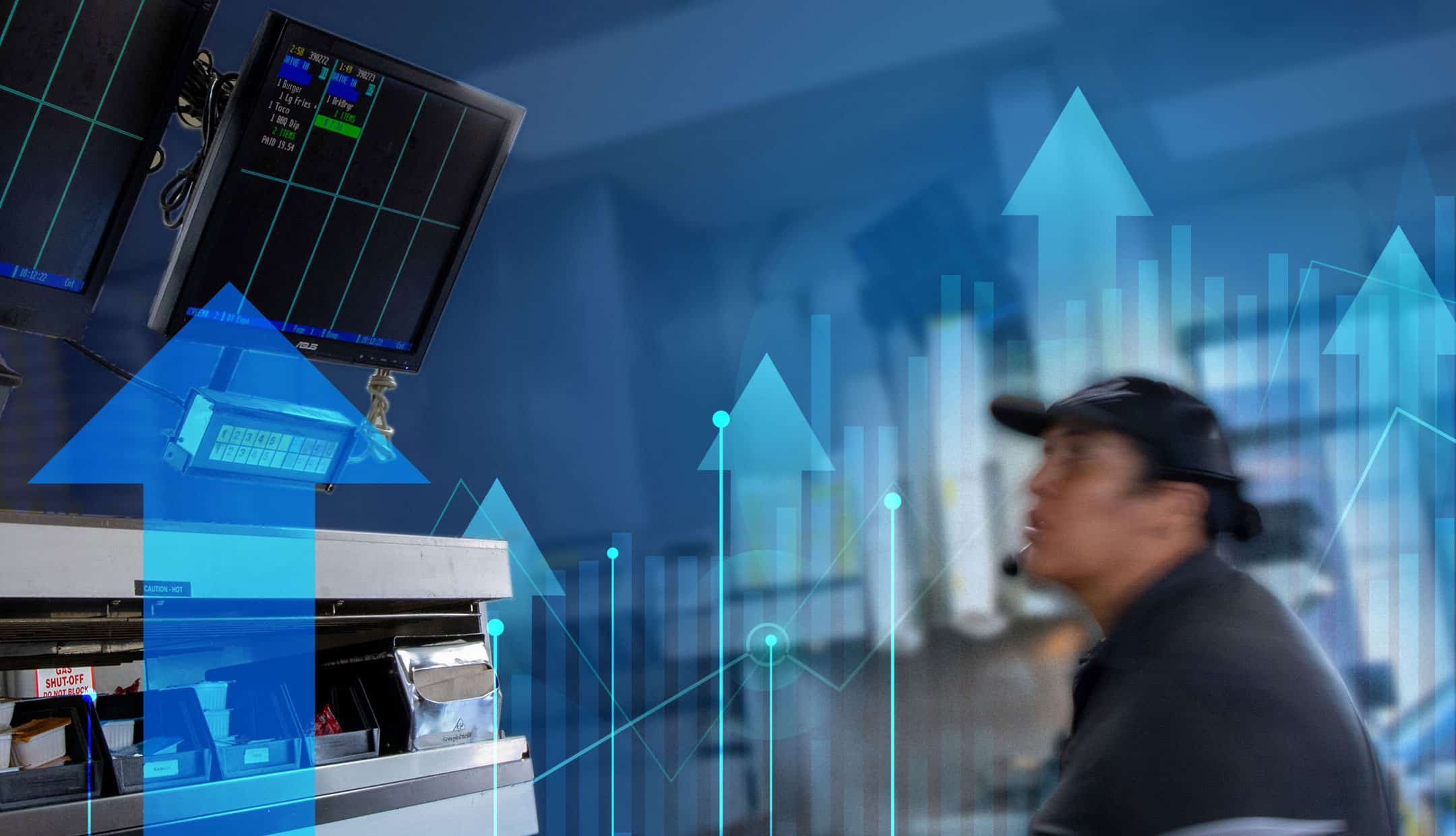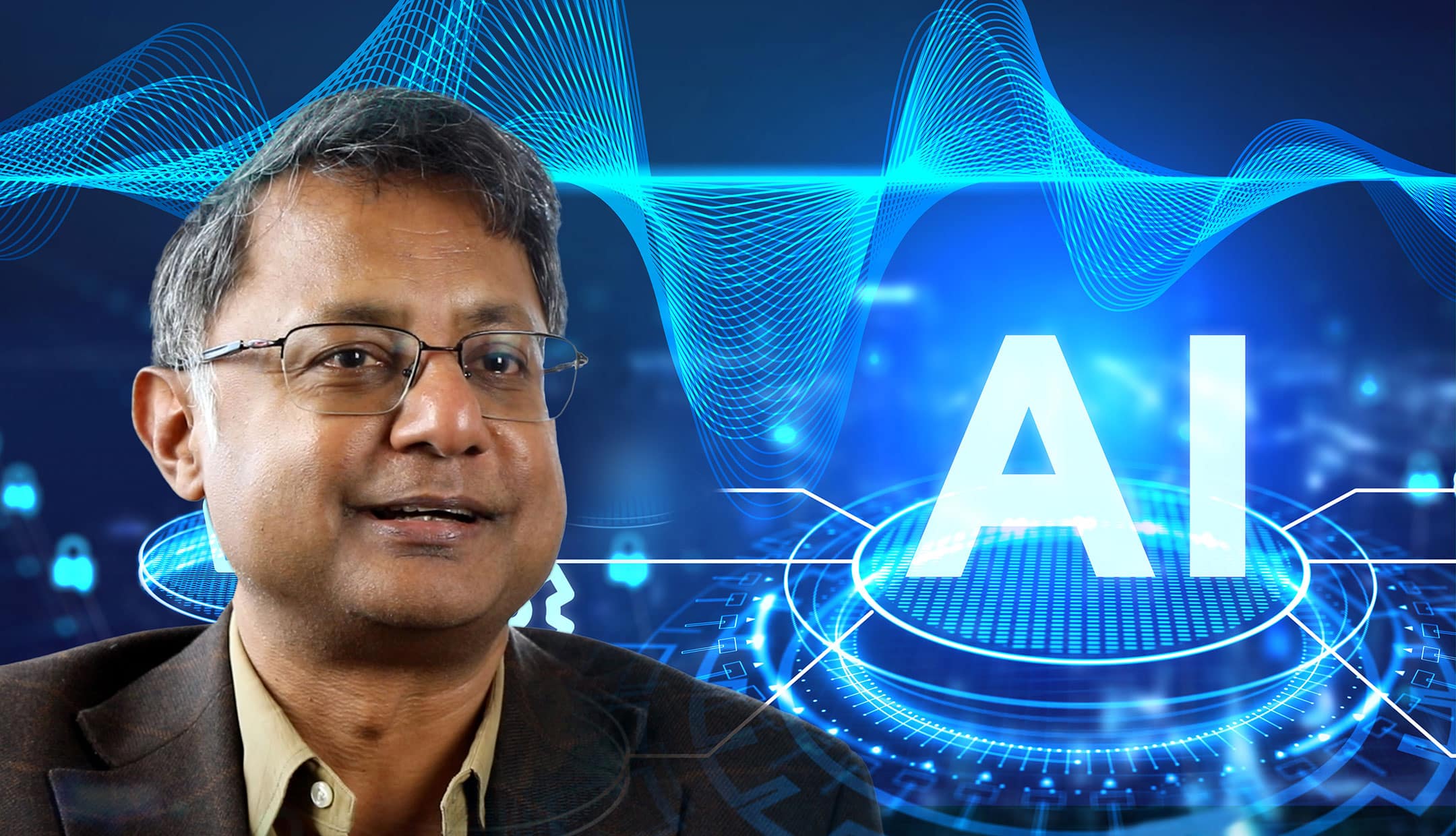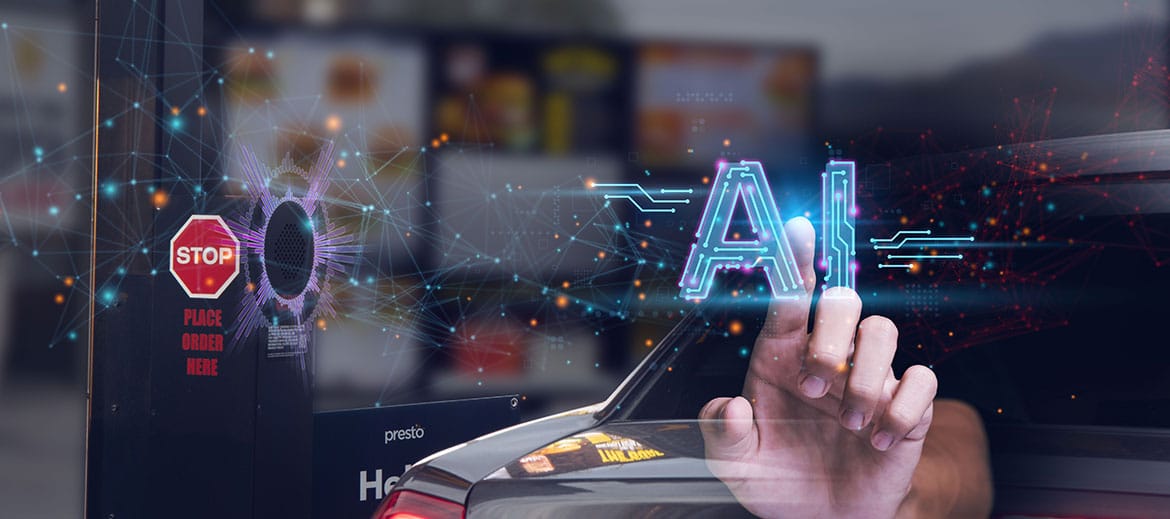With no end in sight to the ongoing labor shortages, restaurant operators are feeling the pressure to push wages higher to beat the competition. As wages increase, the cost of technology relative to the cost of labor goes down.
This cost advantage is driving high levels of demand for solutions that make staff members more productive.
The key is to deploy technologies that increase staff efficiency without compromising the brand experience.
Meet new guest expectations with pay-at-table technology.
As guests have grown accustomed to digital ordering this past year, there’s no doubt that they will demand the same level of convenience once they dine out again. This past year, guest willingness to wait for orders dropped from 10 to 6 minutes. Additionally, visibly long lines would lead 77 percent of guests to leave before ordering.
Pay-at-table technology allows servers to meet these new expectations even when teams are short-staffed. It enables guests to order on demand, make payments, and provide instant feedback—all from the table. Pay-at-table solutions also come in various form factors—such as tabletop tablets and QR codes—that all offer POS system integration for minimal disruptions to operations.
With pay-at-table technology, staff can serve more tables instead of making trips to the POS terminal. The result is a faster speed of service that benefits all parties.
Enhance staff-guest interactions with server assistant tablets.
Even before the industry-wide labor shortage, servers faced high pressure. They must act as the welcoming face of the restaurant while completing server duties flawlessly.
Server assistant tablets empower staff to offer a superior guest experience and perform tasks with high precision. They enable servers to view guest profiles, enter orders, take payments, and obtain real-time feedback—all from the palm of their hands. This means servers can spend more time with guests instead of making trips to the POS terminal.
What’s more: these handy tablets cut down on work stress by enabling servers to enter orders on the spot via a quick menu search. The result is less mistakes, more server tips, and higher staff retention.
Voice ordering keeps the drive-thru engine running smoothly.
The drive-thru boom from this past year may sound like a success story at first. In reality, wait times have crept much higher than what guests would usually accept during non-pandemic times. Long lines are a critical problem that magnifies operational bottlenecks—such as wrong orders and unoptimized cross-sells—down the service line. All of this makes the drive-thru operating environment incredibly stressful for teams that are already short-staffed.
How can restaurants make drive-thru ordering more accurate without slowing down throughput? Technology provides yet another solution to this conundrum. Speech recognition technology offers guests voice-based ordering at drive-thru windows to accelerate transactions and improve order accuracy. The A.I. that powers voice ordering enables smarter recommendations and satisfaction measurement based on a real-time analysis of the voice.
Voice ordering serves as a lifeline for staff when drive-thru traffic is high or staffing levels are unstable. Staff can begin assembling orders even as the guest is still ordering, without worrying about punching the order accurately into the POS themselves.
Technology is the catalyst for growth.
The key is to navigate the labor shortage problem while riding the rebound in guest demand. If a restaurant experiences higher demand and leverages technology to make its business more efficient, it will land the most profit in the years to come. Restaurants that embrace technologies that make both staff and guests happier will have the ultimate advantage.
Presto offers a range of technologies to help you thrive in a limited-labor environment. These include order and pay-at-table technologies, server assistant tablets, voice ordering, and computer vision. Please contact us here if you’d like to see a demo of any of these solutions.



